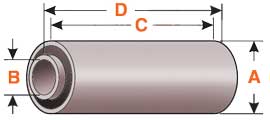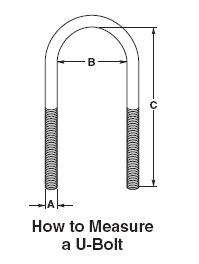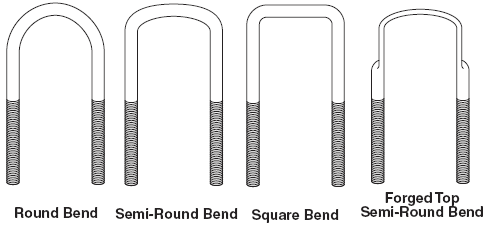The leaf spring dates back to medieval times and is one of the simplest and oldest forms of spring technology. Early leaf springs used leather instead of the metal design we are familiar with today. Modern leaf springs use a series of steel plates of varying length and thickness, known as leaves, bound together in a pack. Some suspensions use a mono leaf design, which only uses one leaf in place of a pack. The number and thickness of these leaves are what dictate spring rate and load capacity. The overall length has an effect on ride quality, while the width of the leaf and whether it is mounted inboard or outboard all have an effect on stability.
Because of their tapered shape, leaf springs-including mono leaves are progressive-rate springs. This means they grow stiffer the more they are compressed, which makes them superior for heavy load carrying than so-called single- or linear-rate (i.e., coil) springs. Leaf springs are also modular, meaning that if you desire a change in ride height or capability, all you have to do is add or remove leaves. The higher-quality packs will use multiple, thinner leaves to reduce friction. This stacking of leaves also makes for a more durable product because one leaf isn't holding the entire load, and if one were to break, chances are that the others will hold together long enough to get you home.
While all leaf springs are progressive-rate, some spring packs are two-stage. Two stage spring packs keep the progressive pack, but add an overload spring underneath to gain maximum load rating while retaining good ride characteristics when unloaded. These packs are typically used in the rear of pick up trucks.
Although the design of a leaf pack itself is fairly complex, overall it is the simplest form of suspension design because the leaf packs both control and locate the axle without the need for control arms. Leaf springs also have the benefit of better stability, especially when hauling or towing at or near the rated maximum, by reducing sway and spreading out the load over a greater portion of the chassis.




